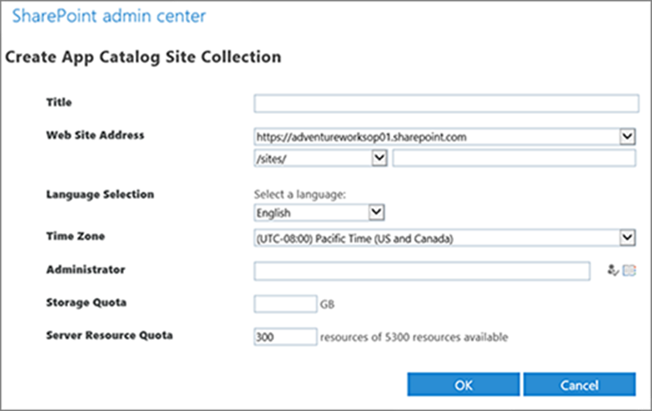Page History
...
- Access to the internet from all end users workstations, make sure that the following domains are not blocked by the browser: "azurewebsites.net" and "windows.net"
- If end users are using IE 9/10/11 with Medium-High security level and above, they will have to manually enable the IE Active Scripting option for the appropriate security zone as follows: Open IE -> Tools -> Internet Options -> Security -> Choose the appropriate security zone (Internet Zone most likely) -> Custom Level... -> Scripting -> Enable the Active Scripting option. Another option is to add the event listener host URL to a IE security zone with Medium or lower security level (e.g. Trusted Sites) or to add the Azure event listener host URL to Trusted Sites. If end users are using IE 9, they will also have to manually enable the Access data sources across domain option as follows: Open IE -> Tools -> Internet Options -> Security -> Choose the relevant security zone (Internet Zone most likely) -> Custom Level... -> Miscellaneous -> Enable the Access data sources across domains option.
The URL of the SharePoint admin center of the SharePoint tenant you will be setting CardioLog Analytics on.
At least one Power BI pro account (there is no need to install Power BI for desktop, users will login to the Power BI web interface). This user will become the owner of the app workspace in Power BI and will be able to share it with others in the organization and collaborate on reports. End users who just need to consume reports, do not need a Power BI pro account. You can export reports for them (to CSV, PDF, Excel) or embed the report within SharePoint (using the publish to web - creates a public link to the report).
- Global admin permissions to install O365 Global Admin permissions are required to approve the CardioLog Analytics SaaS App installation request.
- Make sure you have PowerShell version 5.1 or higher, with the MSOnline module installed.
- If you are using multi-factor authentication (MFA), make sure you have an app password for Office 365.
- Make sure that your tenant allows custom Apps authentication in order to install the CardioLog Analytics App.
Note: In case your tenant has this option disabled and DisableCustomAppAuthentication is set to True (note that it is disabled by default for SharePoint Online tenants created on August 2020 or later), you can execute the following command in SharePoint Online Management Shell in order to enable it:
Info icon false Set-SPOTenant -DisableCustomAppAuthentication $false
- Make sure any SharePoint preservation policies you may have are temporarily turned off, while installing the CardioLog Analytics SaaS App, in order to approve the App:
Office 365 Admin > Security and Compliance > Data governance > Retention > Policies > set Status Off - Make sure control access based on specific network locations is turned off, in order to allow communications to CardioLog Analytcs SaaS.
Office 365 Admin > Admin Centers > SharePoint Admin Center > Device access > Control access based on network location > Uncheck "Only allow access from specific IP address locations" Make sure custom scripts are turned on (changes in this setting take up to 24 hours to apply):
Office 365 Admin > Admin Centers > SharePoint Admin Center > Settings > Custom Script > Select Allow in both options
Note: In case a specific site collection does not inherit these settings from SharePoint Central Administration, you can execute the following commands in SharePoint Online Management Shell (replace the placeholders for [company] and [site collection url]):Info icon false $url = "https://[company]-admin.sharepoint.com" $User = Read-Host -Prompt "Enter username for $url" $Password = Read-Host -Prompt 'Enter password' -AsSecureString $credentials = New-Object Microsoft.SharePoint.Client.SharePointOnlineCredentials($User, $Password) $adminContext = New-Object Microsoft.SharePoint.Client.ClientContext($url) $adminContext.Credentials = $credentials $tenant = New-Object Microsoft.Online.SharePoint.TenantAdministration.Tenant($adminContext) $adminContext.Load($tenant) $adminContext.ExecuteQuery() $props = $tenant.GetSitePropertiesByUrl("[site collection url]", $false) $adminContext.Load($props) $adminContext.ExecuteQuery() $DenyAddAndCustomizePagesStatusEnum = [Microsoft.Online.SharePoint.TenantAdministration.DenyAddAndCustomizePagesStatus] $props.DenyAddAndCustomizePages = $DenyAddAndCustomizePagesStatusEnum::Disabled $props.Update() $adminContext.ExecuteQuery()
- Verify an App Catalog is available in the SharePoint Online tenant:
- Sign in to Office 365 with your SharePoint Online global admin account.
- Go to the SharePoint admin center.
- Select Apps from the Quick Launch bar on the left, and then select App Catalog
- If there is no app catalog site created yet, select Create a new app catalog site, and then select OK.
- On the Create App Catalog Site Collection page, enter the required information, and then select OK.
...






